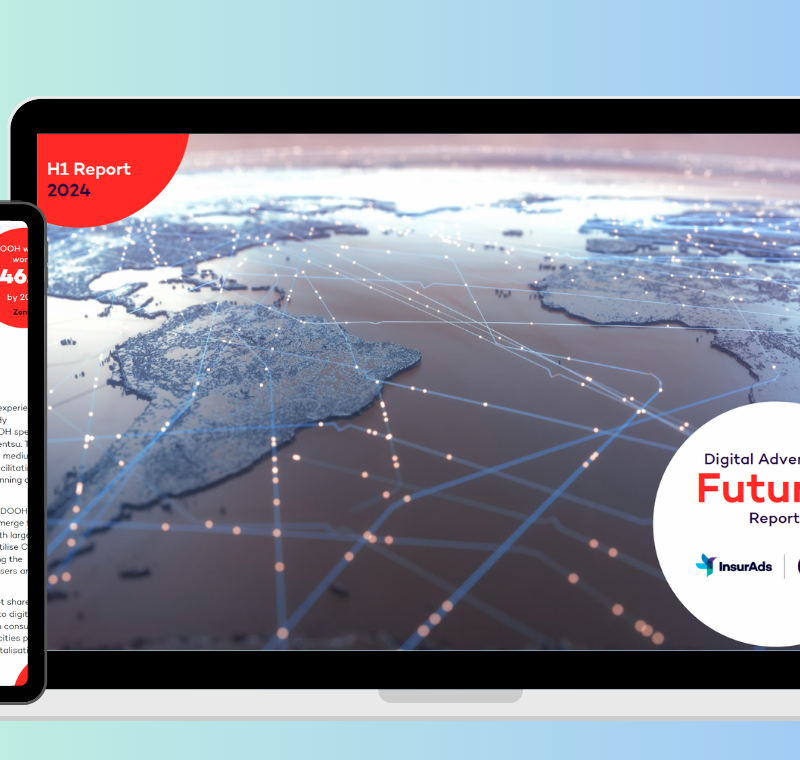Five charts that explain the power of great native ad headlines
There’s an expectation that this explosion in content and new reliance on headlines can only lead to a rise in cheap-trick, clickbait-styled headlines. But at Sharethrough, we’ve seen the opposite. With increasingly high demands on audience attention, brands need to be more straight-forward and human than ever in the way they present information to audiences.
We’re so bullish on the importance of headlines that we’ve built our own AI-powered statistician to help brands write them better. Headlines are naturally powerful in a world where a lot of people only read… headlines. They entice readers into full content experiences, are especially powerful when combined with native video and on their own can lead consumers to search out a brand online.
Here are five charts that demonstrate why we think great native ad headlines will pay huge dividends for a brand.

MANY PEOPLE ARE ONLY READING HEADLINES
For a growing number of people (especially younger readers), the headline will be the takeaway from whatever piece of brand content you’re trying to promote. Clickbait doesn’t work in the feed, where 99 per cent of people won’t click, and in a recent survey, we found that 20 per cent of Millennials simply won’t ever click, preferring instead to just read headlines. It means that brands need to be more straight-forward and human than ever in the way they present information, imparting the key idea at the moment of impression.
BUT HEADLINES ARE STILL THE KEY TO GETTING PEOPLE TO ACTUALLY READ
As stated, successful headlines today engage the brain, communicating an idea at the moment of impression, but they still have to work on enticing readers to click through to a full content experience. And headlines remain the primary hook to get readers to click. The greatest subject matter in the world isn’t going to get you there. When Sharethrough surveyed Gen Z readers, 53 per cent said headlines were the main factor in convincing them to read.
HEADLINES HELP DRIVE BRAND LIFT FROM AUTOPLAY VIDEOS IN UNDER 10 SECONDS
In a recent Sharethrough survey, 79 per cent of Millennials said that they read the headline while watching a native video. Like articles, headlines are a huge draw in getting audiences to engage with video (over 80 per cent said it was the primary influencer) but it is the combination of the headline with the strong visual element of the video which has the greatest impact for brands. Facebook research has demonstrated the potency of this combination: finding that the vast majority of ad recall, awareness and purchase intent took place within just seven seconds.
A HEADLINE ON ITS OWN CAN SPUR BRAND RESULTS
It’s not enough for a brand that younger audiences are reading headlines, if there’s no follow up benefit. At Sharethrough, we’ve seen that audiences are taking action to seek out a brand online from just exposure to native ad headlines. 44 per cent of Gen Z consumers we surveyed (those aged between 18 and 21) said that they’d visited a brand’s website or social media site after only reading a headline. This shows that from even just a brief amount of engagement with native ads, brands can drive real results.
NATIVE AD HEADLINES AND SEARCH BEHAVIOR ARE LINKED
Native ads can effect positive results across many different marketing dimensions. We’ve seen a clear link between well executed native campaigns and search engine activity. For example, in Sharethrough’s recent survey of how Moms are shopping online at the holidays, 39 per cent said that they searched for a brand after reading an in-feed native ad headline.
Read this article at native advertising.
Sharethrough is a member of FIPP.
More like this
The state of native advertising in news media








